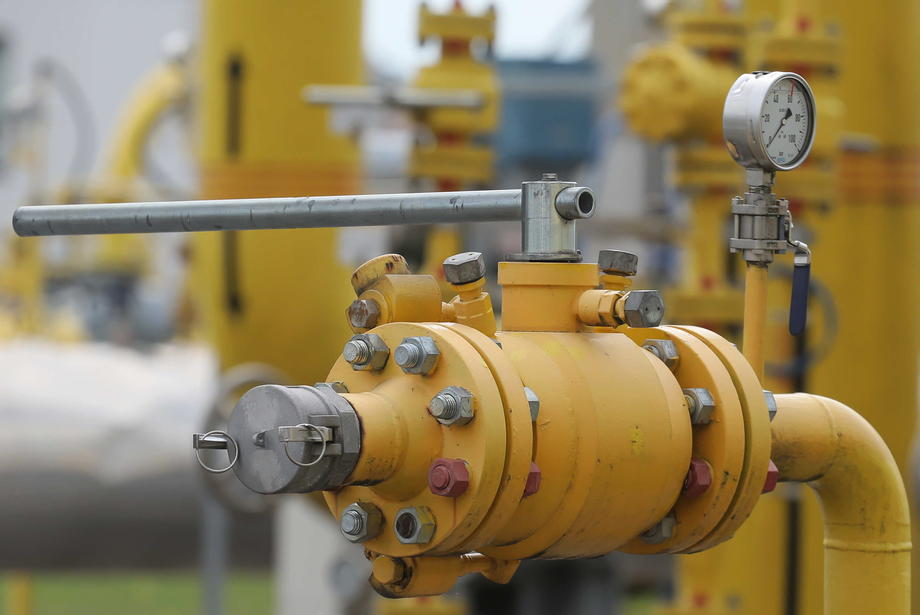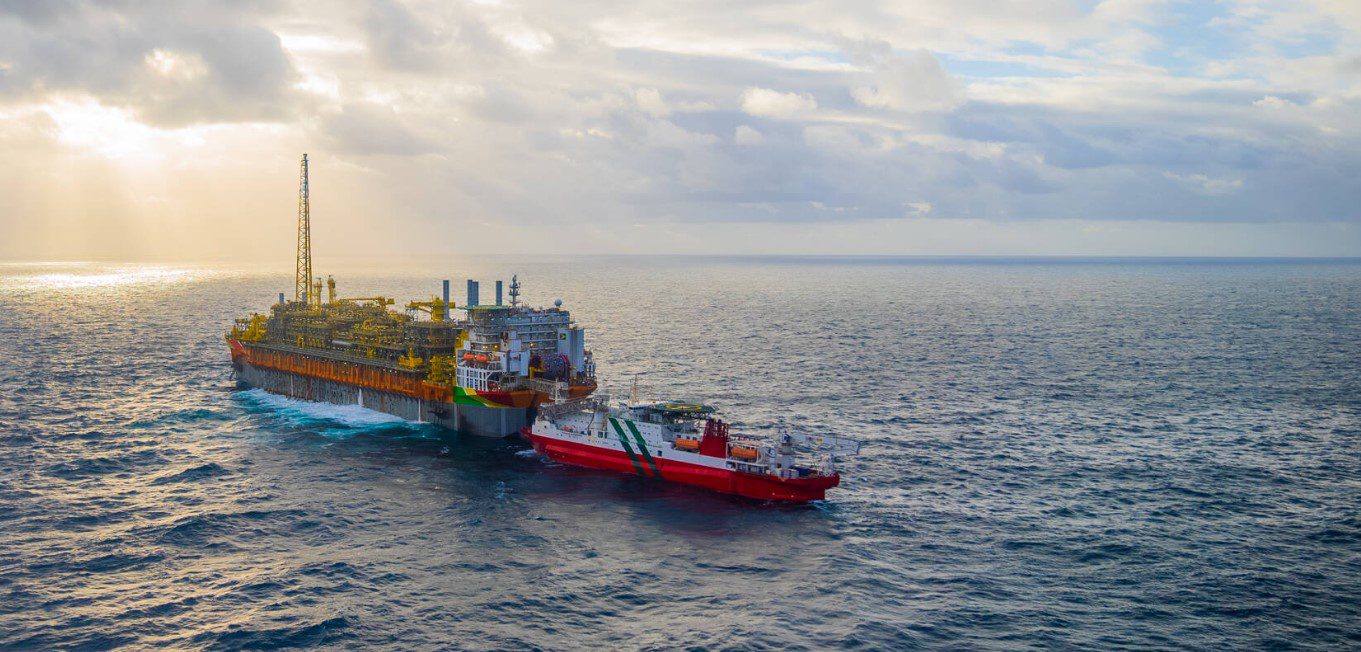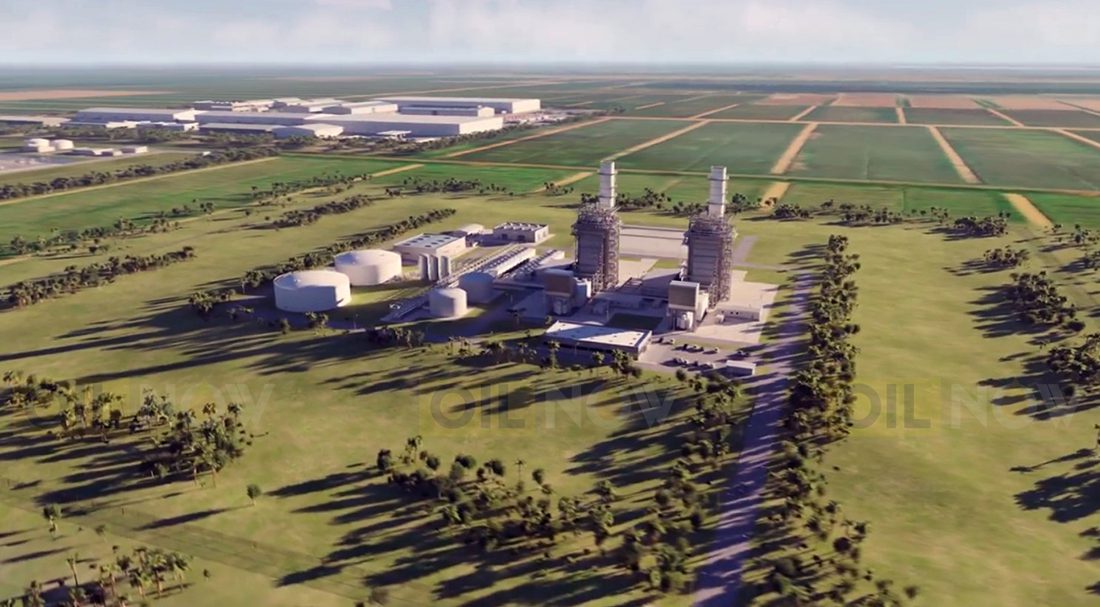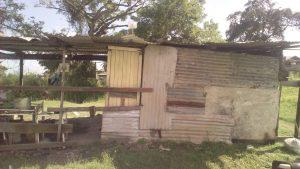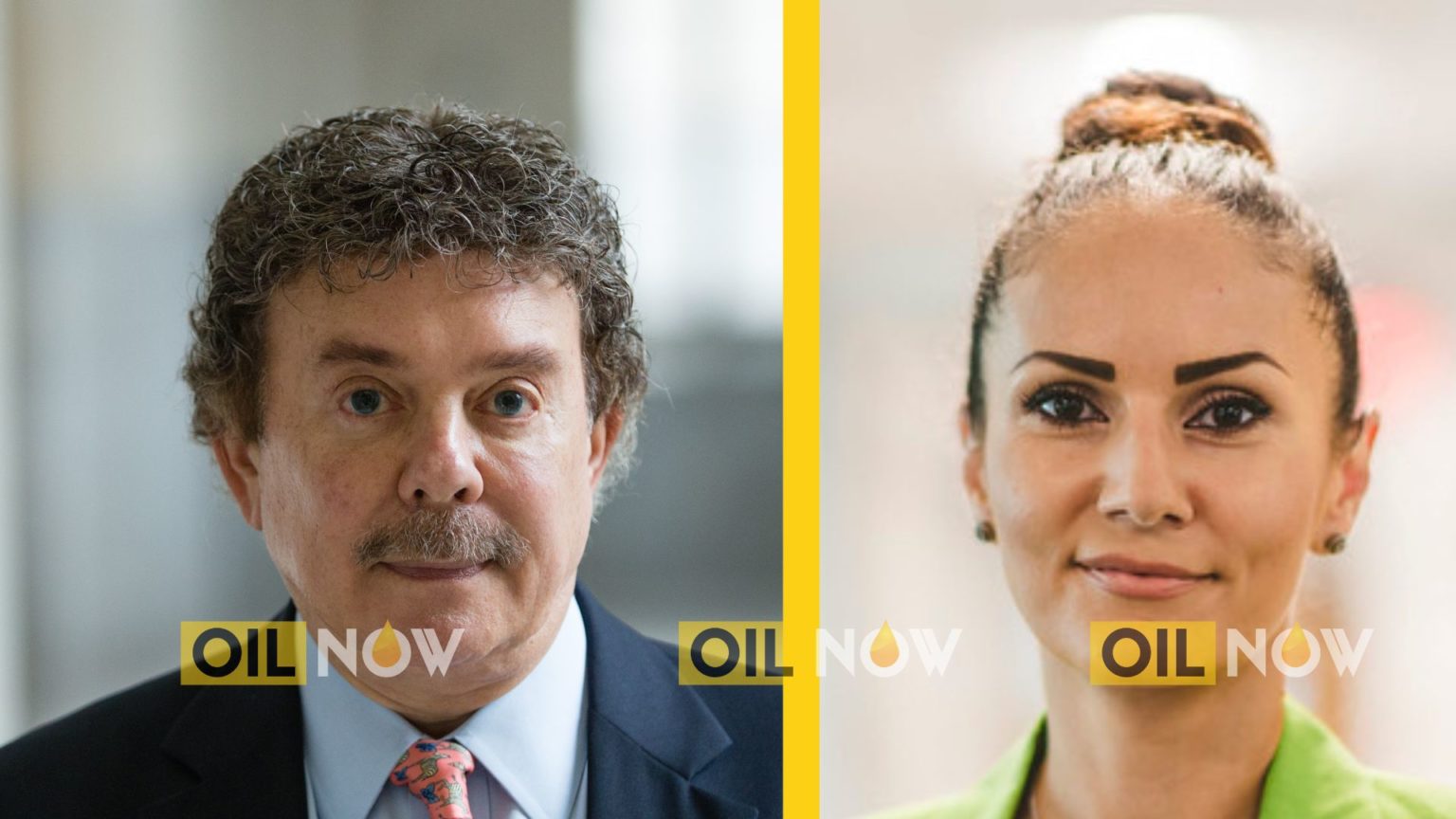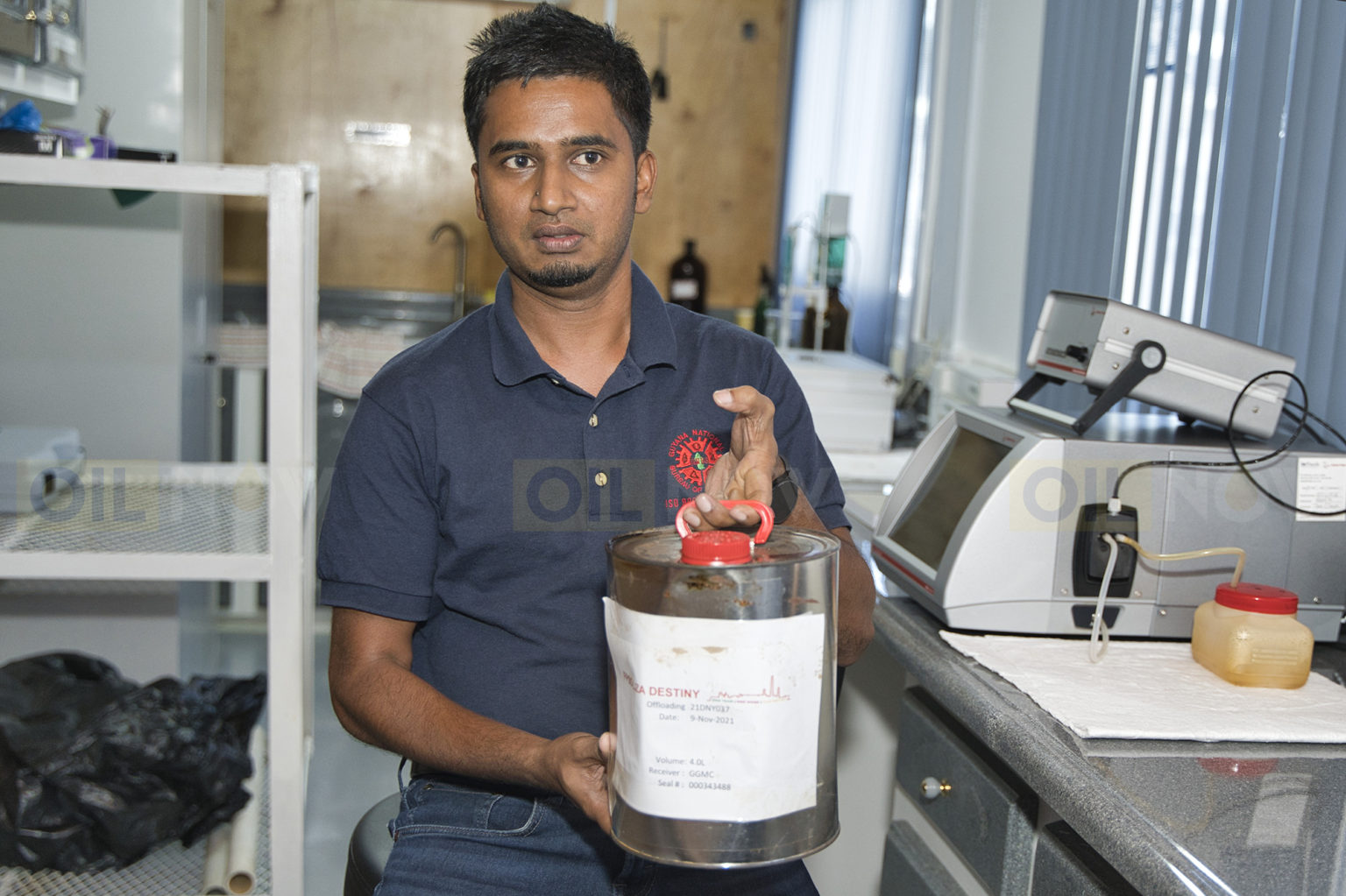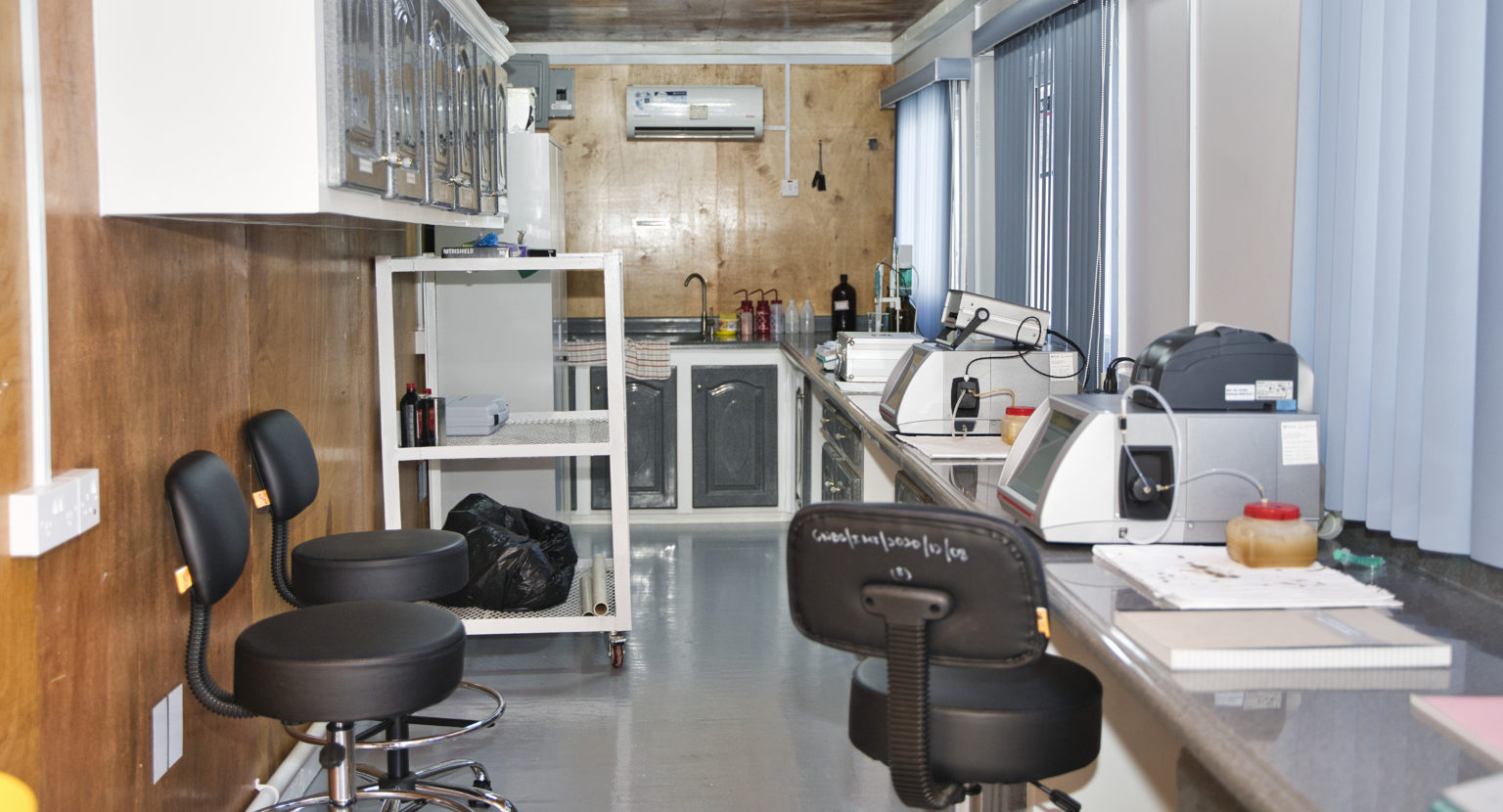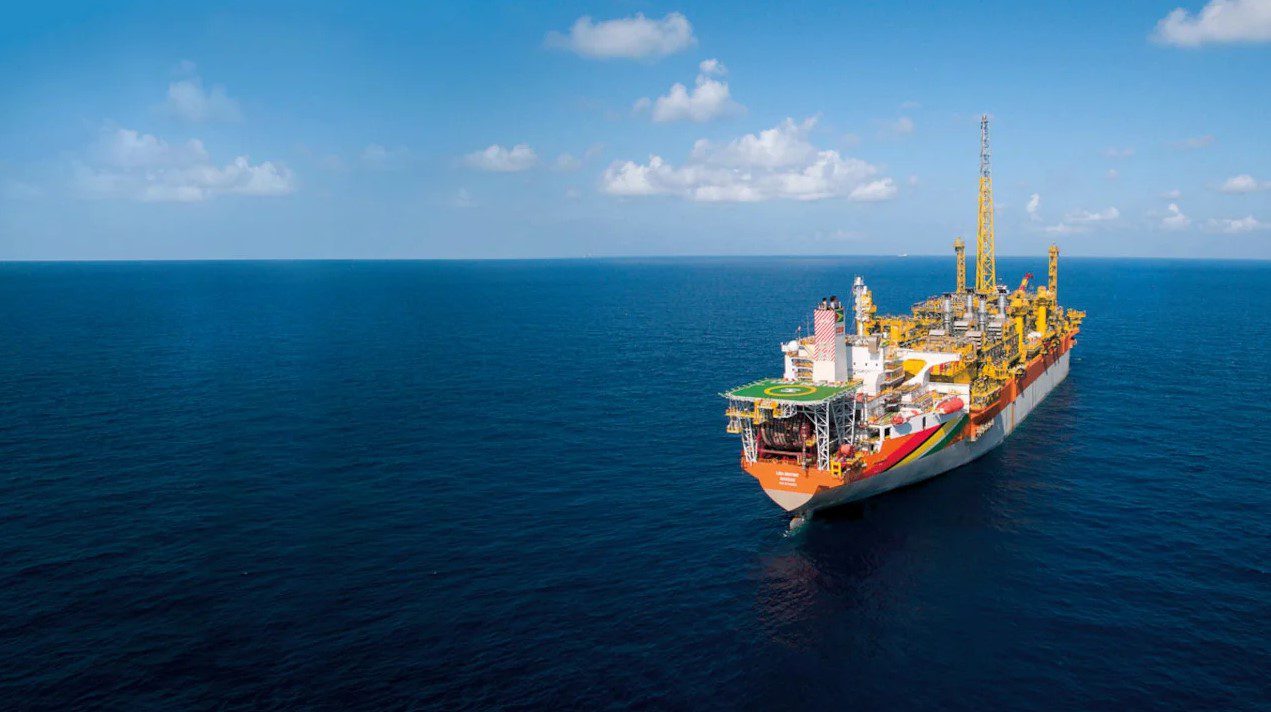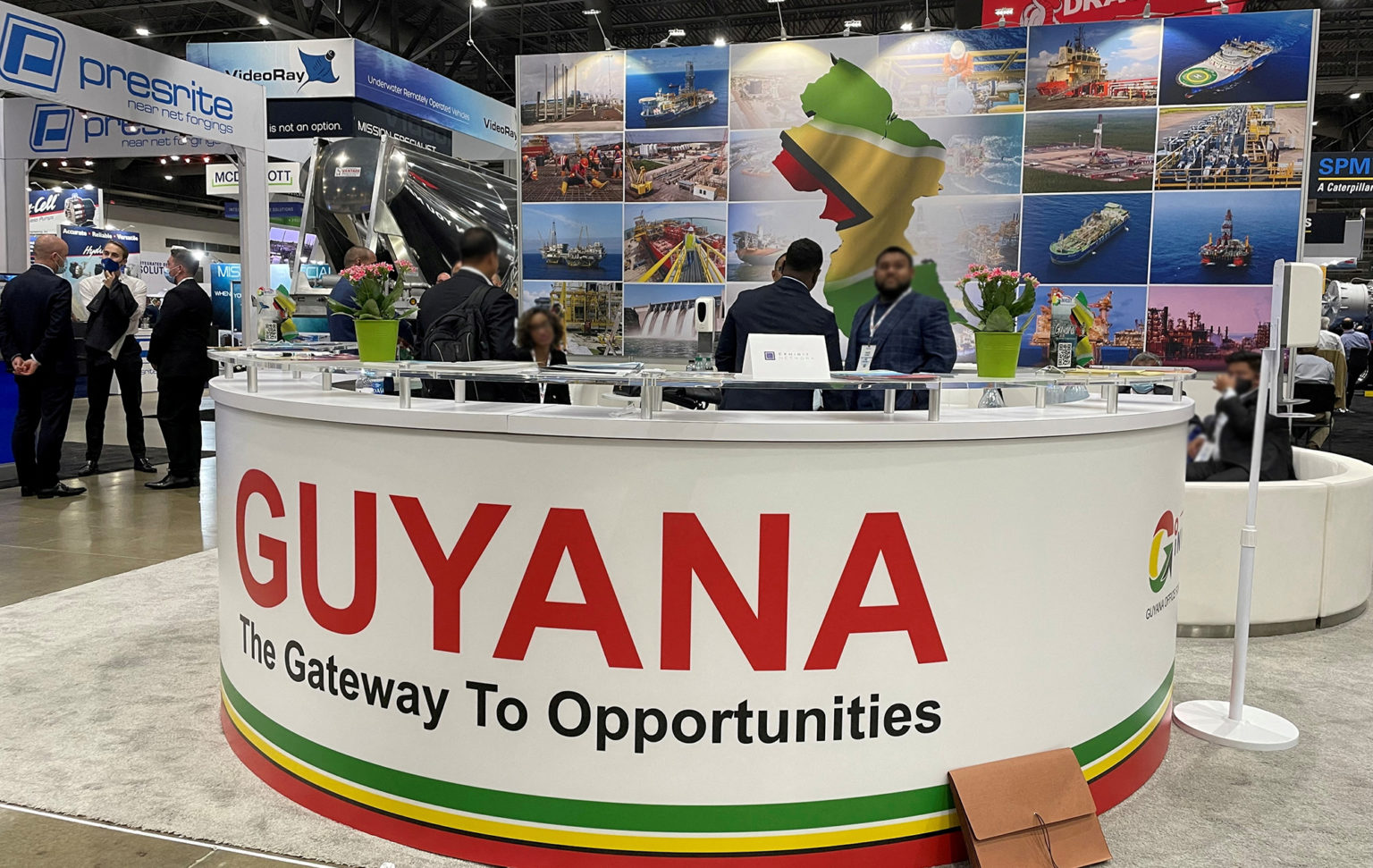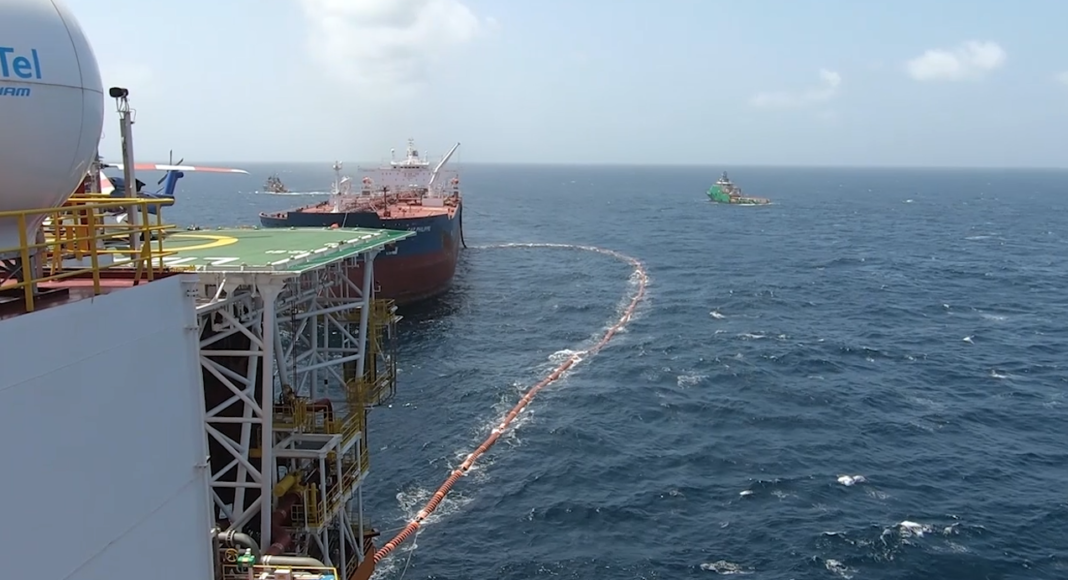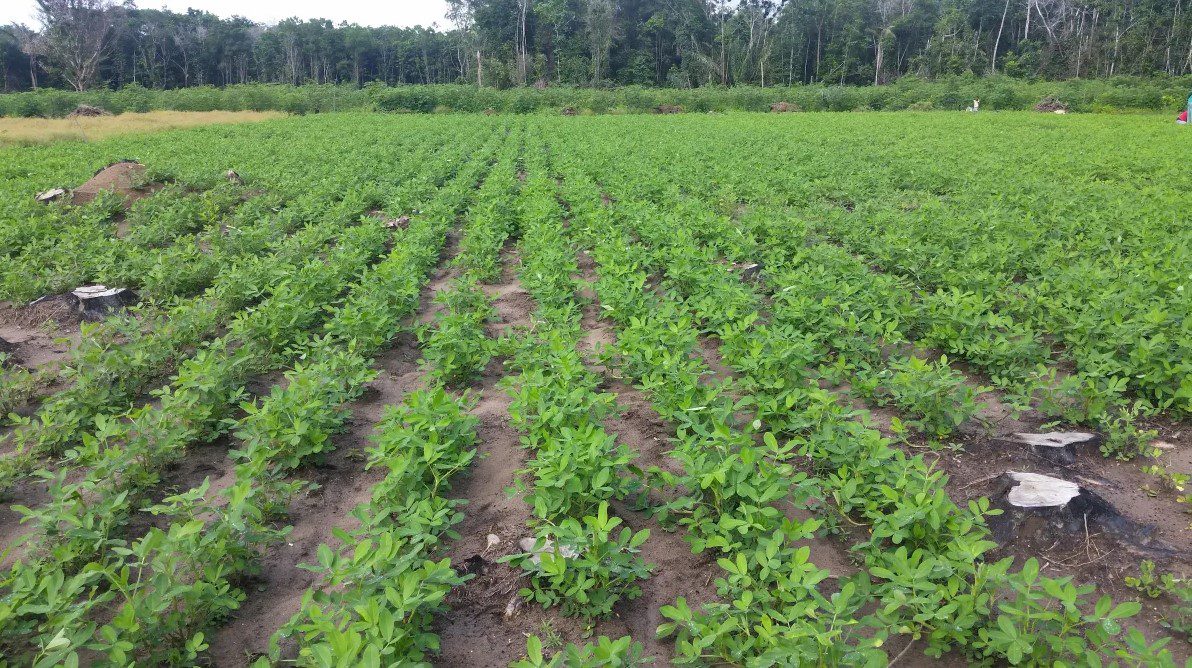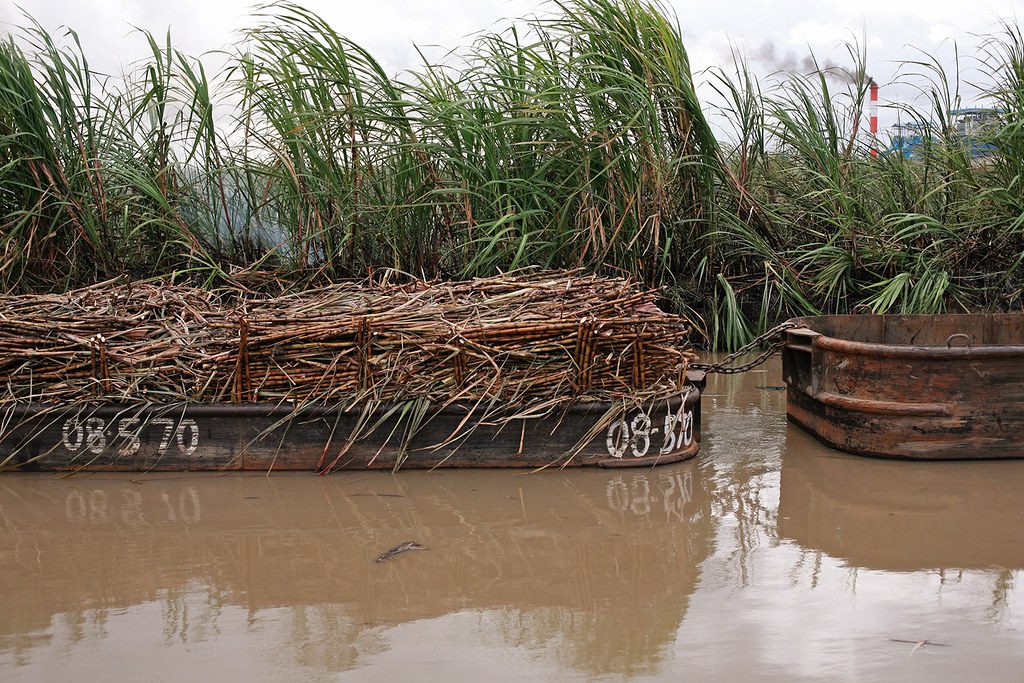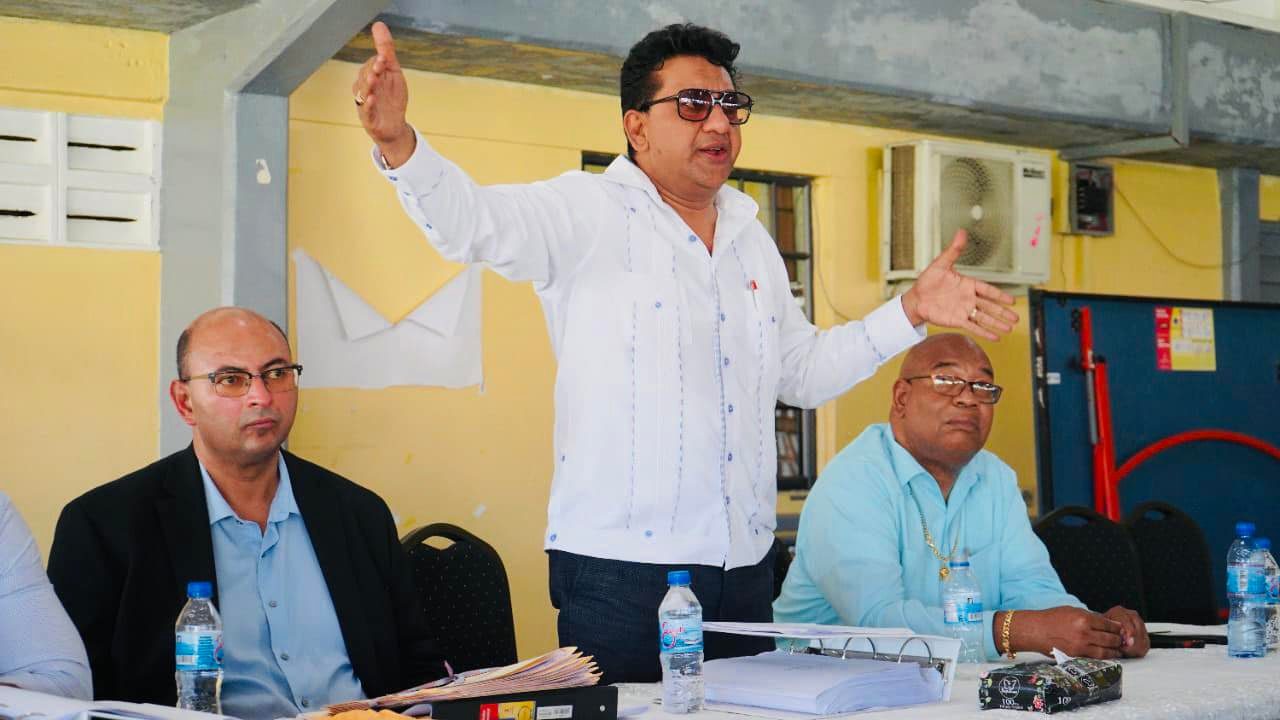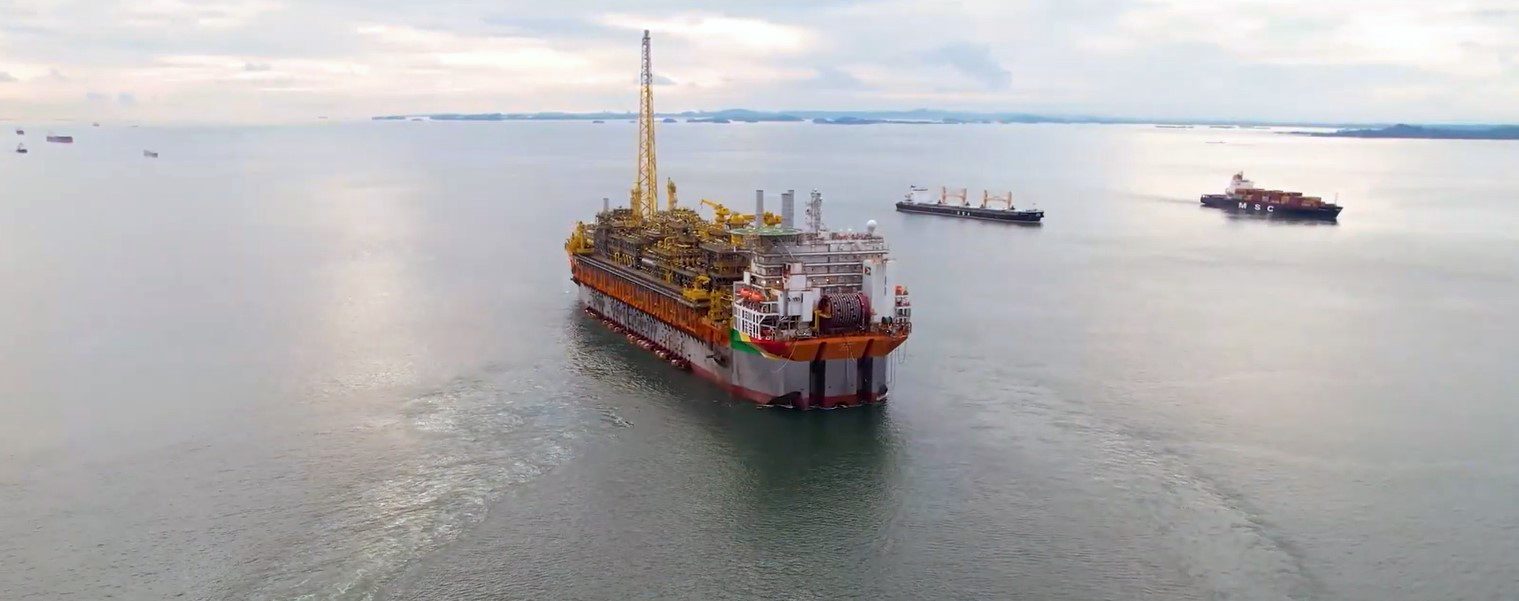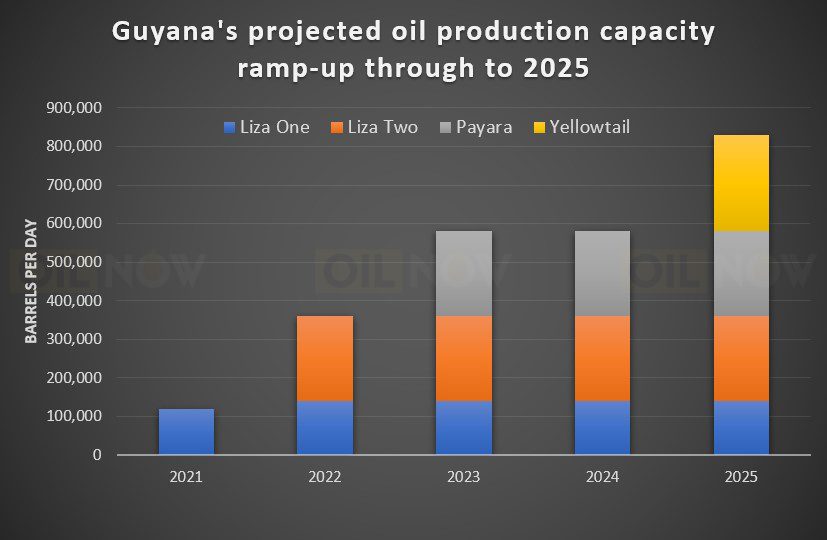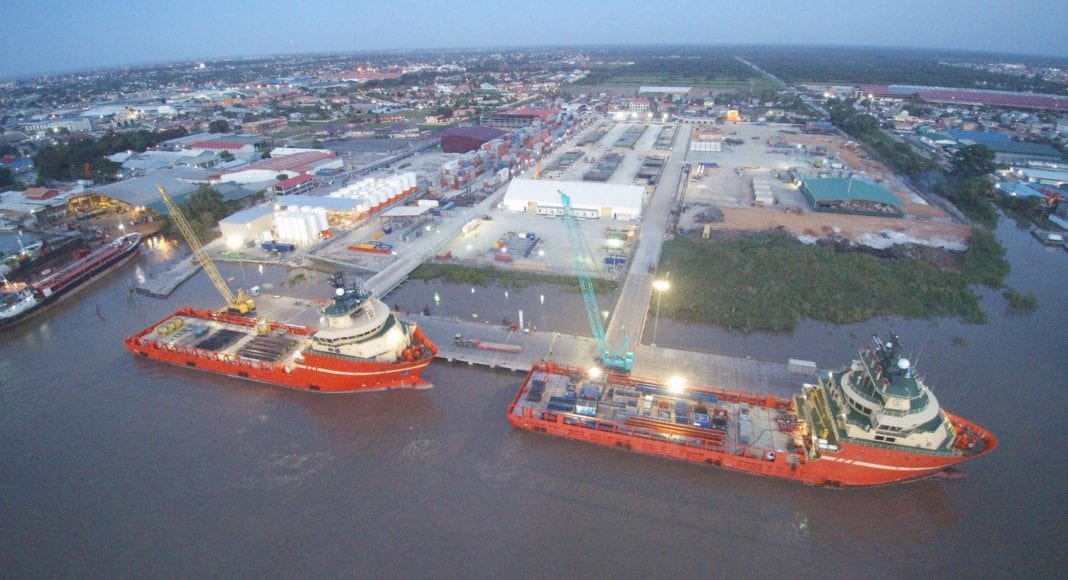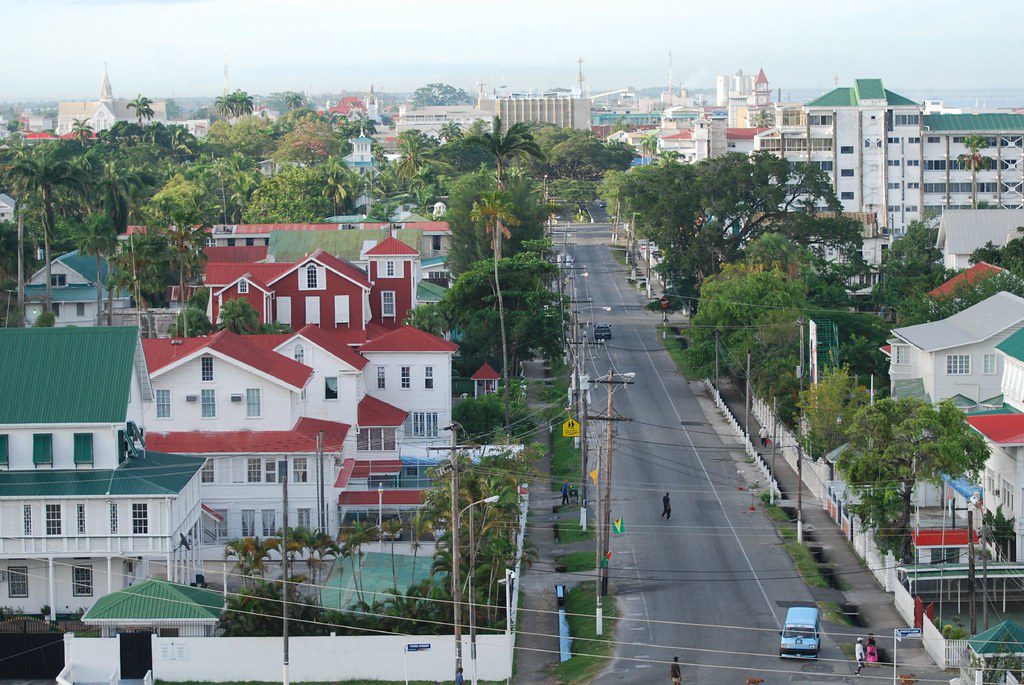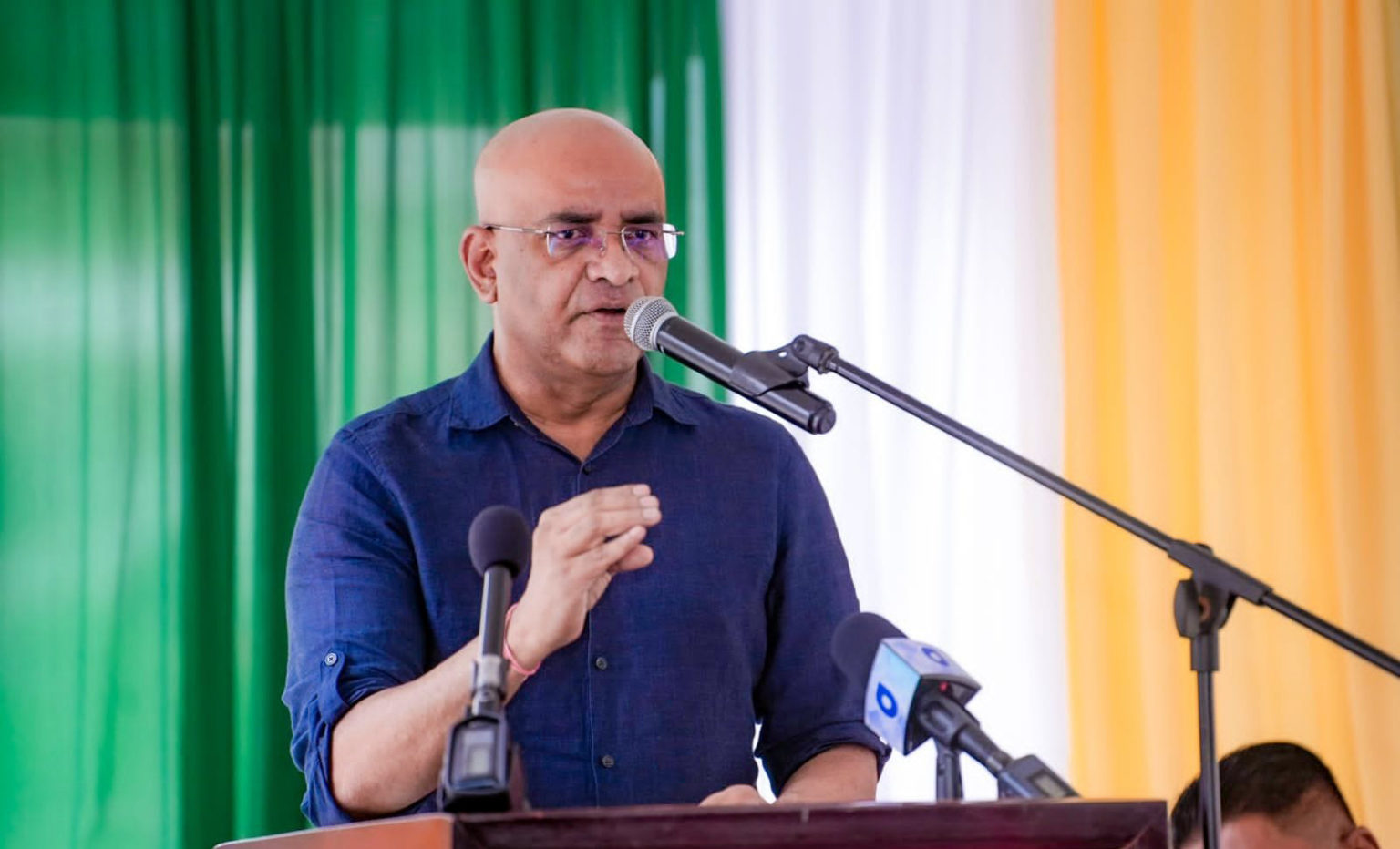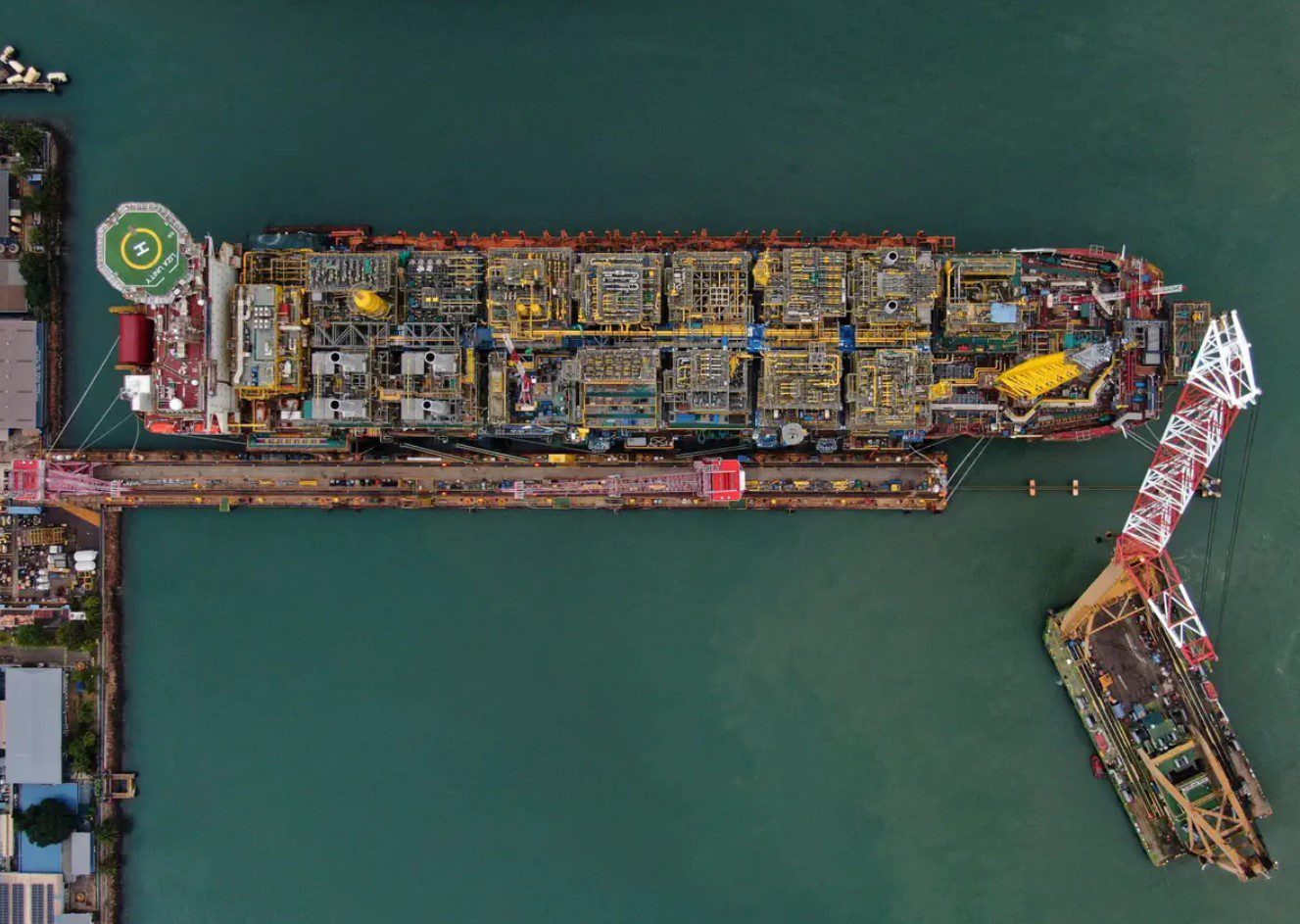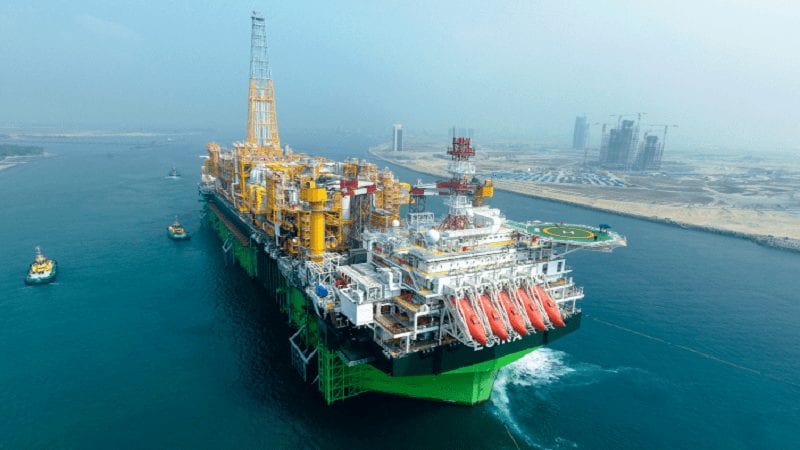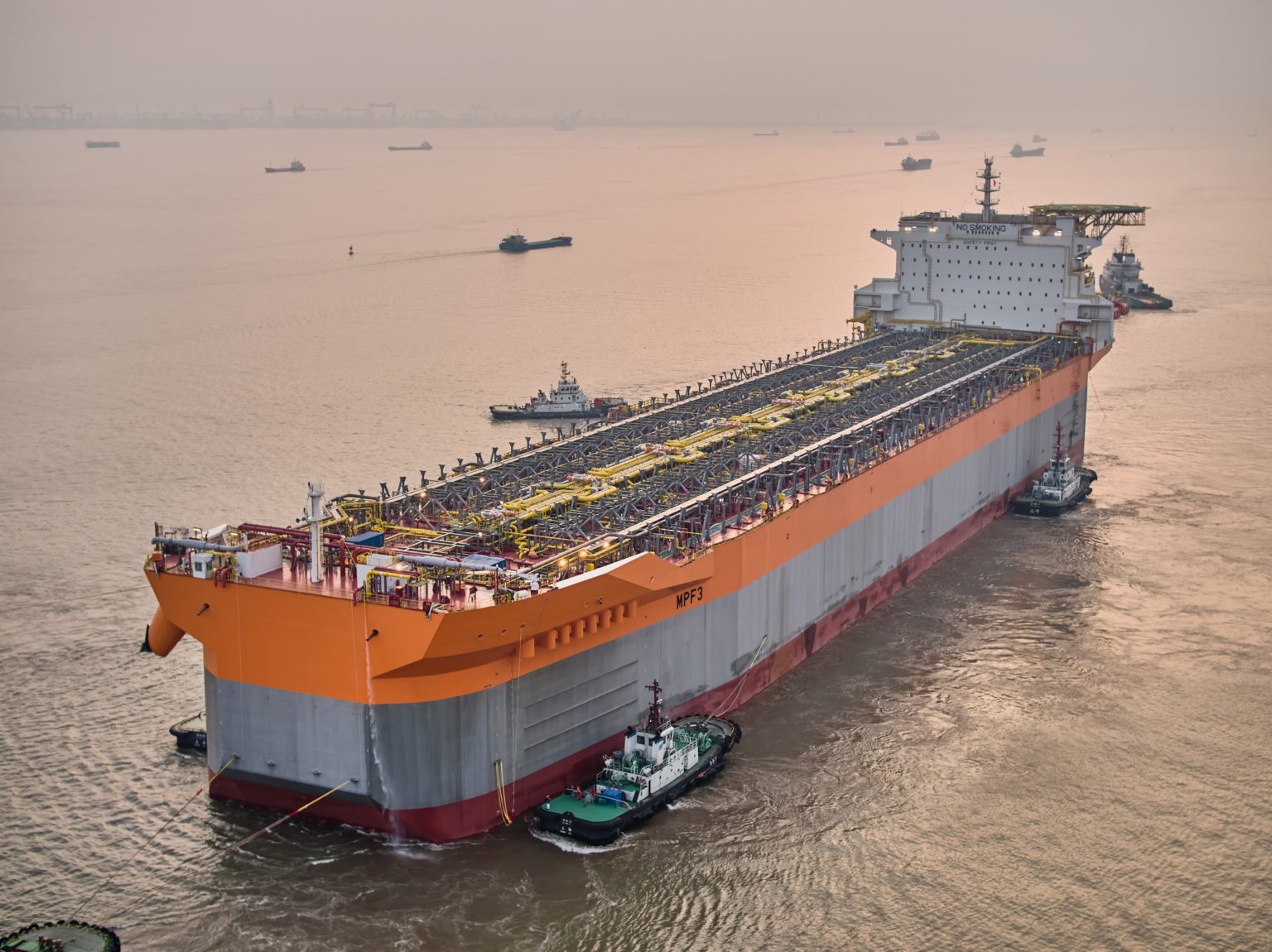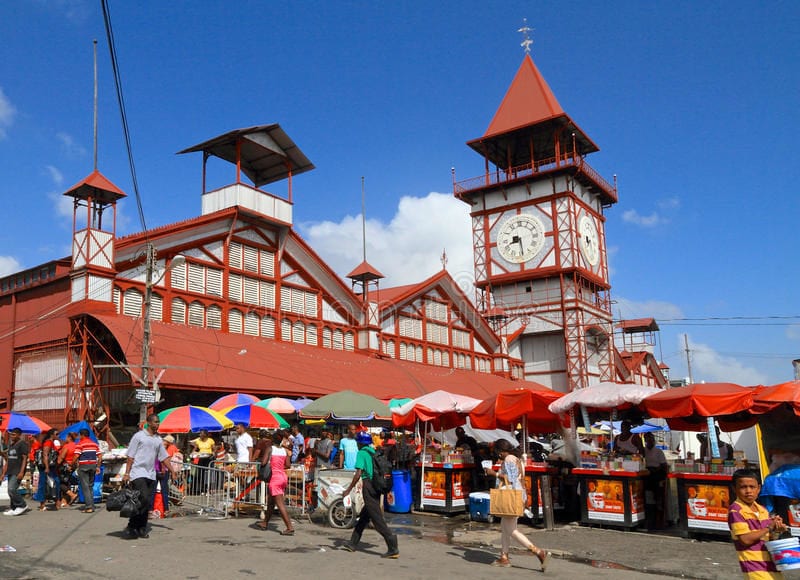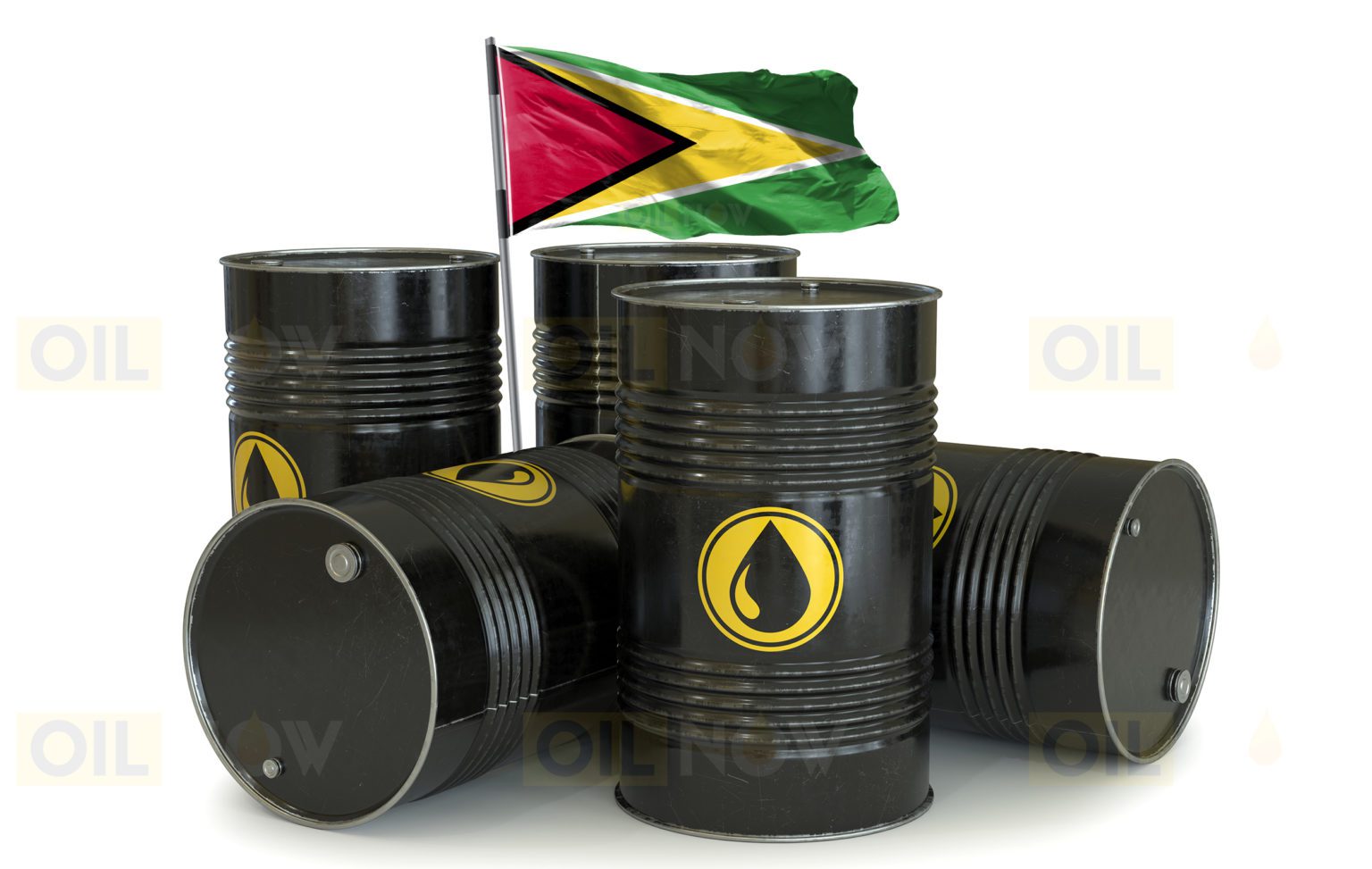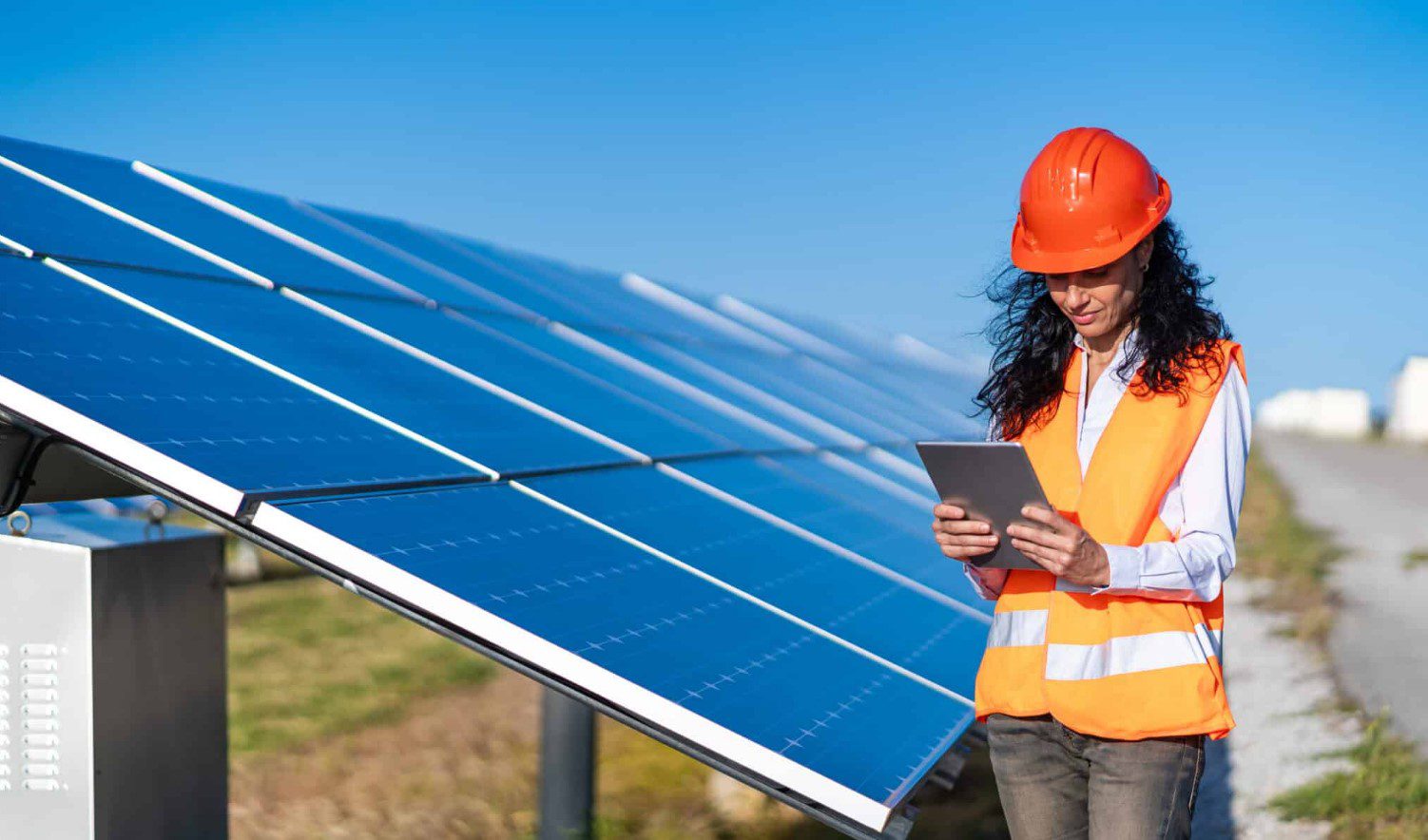All oil companies should be at forefront of making positive impacts in Guyana, says Hess
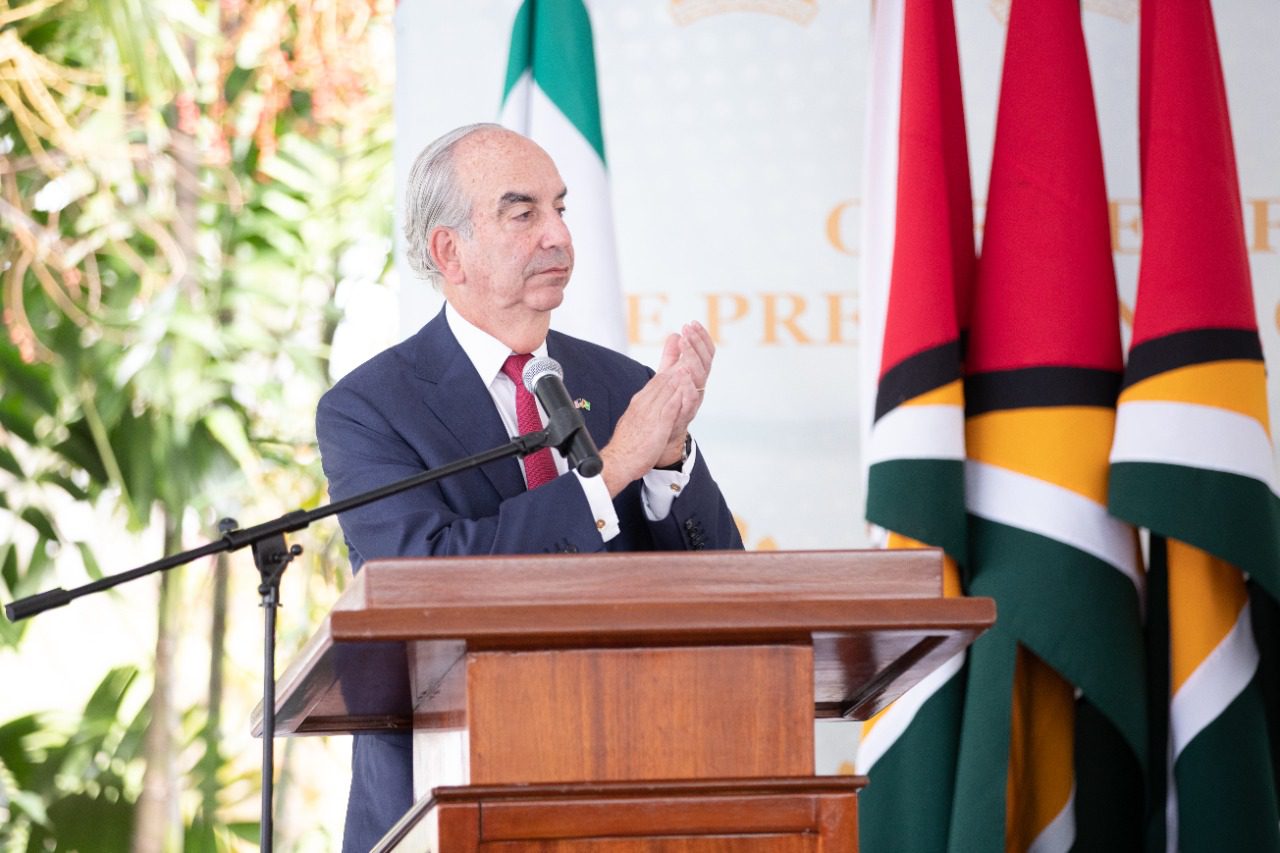
CEO of Hess Corporation, John Hess, says his company is determined to play a lead role in fostering positive social development in Guyana. Speaking at a forum last week, he pointed out that all oil companies operating in the South American country should be working towards this objective.
He recalled that Hess has been able to bring key specialists from Mount Sinai Hospital together with counterparts in Guyana with the aim of revolutionising the country’s health care services.
He said it is a multi-year commitment, the majority of which Hess will underwrite.
“This is a project we are really proud of and Exxon and CNOOC have their own initiatives which they are leading but really, all oil companies should be at the front of the line in helping to make positive impacts on social development,” Hess added.
He was pleased to inform the market that as of June 30, 2022, the company recorded US$2.2 billion of free cash flow.
Intent on shoring up more profits, Hess also disclosed that hedging plans have already been executed.
The CEO said the company has put in place options that hedge approximately 150,000 barrels of oil per day (bpd) of oil production for 2022, with 90,000 barrels placed at US$60 WTI and 60,000 barrels at US$65 Brent.
With two floating production, storage, and offloading (FPSO) vessels operating offshore Guyana — Liza Destiny and Liza Unity — Hess reminded that the company was able to strengthen its balance sheet. In this regard, he said in March, the quarterly dividend was increased by 50% and in the second quarter, a US$650M share repurchase programme was started. It is scheduled to be completed by the end of 2022.
The CEO said, “Our priorities remain to have a disciplined capital allocation process where we only invest in high return, low-cost opportunities, to have a strong cash position on the balance sheet to ensure we can fund our world-class investment opportunities in Guyana and maintain our investment grade credit rating. All of our assets are now cash flow positive because of Guyana.”
Looking forward, Hess said his company is well positioned to deliver increasing cash returns to shareholders through both dividend increases, and share repurchases while helping the country to achieve its goal of shared prosperity.
Hess is a 30% partner in the Stabroek Block and a 20% partner in the Kaieteur Block.

